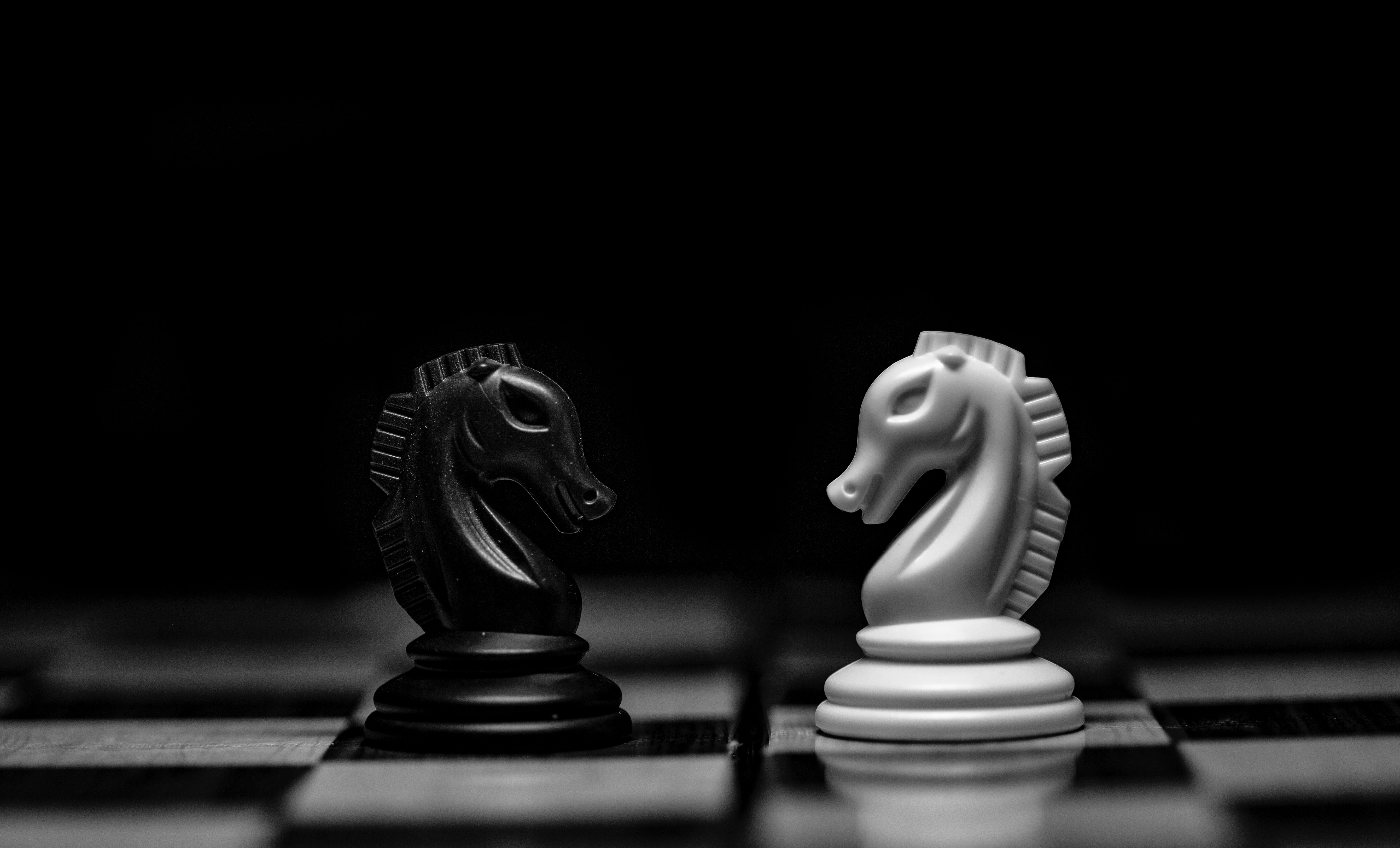Winning one million dollars can change anyone’s life, giving someone access to various luxuries they never had before. But for an average person, losing one million dollars will put them into debt that could be difficult to overcome. If you were offered the chance to flip a coin for a million dollars, heads you win the money and tails you lose it, would you flip? Interestingly enough, studies in human decision-making show us the loss of one million dollars hurts more than the gain of one million dollars, which is shown in the graph below. This idea is explained by the concept of prospect theory.
Prospect theory is a foundational theory of behavioral economics. Behavioral economics is a novel branch of economics looking at psychology. General economics is based on rational behavior while behavioral economics studies irrational human behavior using psychology. Prospect theory looks at people’s attitudes towards risk and reward during times of uncertainty. Also known as loss-aversion theory, prospect theory shows us people treat equivalent losses and gains differently. Investors, for example, instinctively prioritize avoiding loss over profit.
Daniel Kahneman of Princeton and Amos Tversky of Stanford first theorized prospect theory in 1979. They believed there was a more accurate way to model human behavior than the expected utility theory. The expected utility theory used weighted averages to estimate the utility of action if its probability is uncertain. Instead of using expected utility theory, which assumes rational human behavior, the professors looked at psychological principles and proposed the idea that losses impact an individual’s emotions more than gains of an equivalent amount do. Losses seemed to have twice the negative value as a positive gain of equal magnitude. In other words, losses hurt twice as much as gains when the money is of the same magnitude.
Let’s look at a few key examples of prospect theory. When studying their proposed theory, Kahneman and Tversky found that when presented with two options, most people chose the reward that was more certain. However, when it came to losses, the professors found that most chose the larger loss that was less certain. Let’s look at the following values to explain this concept. You have the option of getting $1000 with 100% certainty or getting $2500 with 50% certainty. Most people chose the smaller reward for 100% certainty over a higher reward with less certainty. Unsurprisingly, people were content settling for less, knowing they secured at least some financial gain. Next, Kahneman and Tversky flipped the situation of the two choices and gave people the option of a certain loss of $1000 versus a 50% chance of either no loss or a $2500 loss. In this scenario, the majority of subjects chose the second option, where they had a risk of either losing a lot more money or no money at all, although that risk was uncertain. They were willing to take the risk of losing substantially with the possibility that they might lose nothing.
Various experiments have been completed that have shown human behavior often follows the ideas of prospect theory. For example, let’s say two people each end up with $25 but receive the money in different ways. The first individual is given $25 outright while the second individual is given $50 first, but is then asked to give back $25. Although both individuals end up with the same $25 in their pocket, the first individual will feel more emotionally content than the second individual because a single gain is more satisfying than a gain and a further loss.
Prospect theory continues to explain many everyday phenomena. One example of prospect theory at work is when people purchase insurance. Individuals have two options. The first option is to make monthly payments to an insurance company, and if there is an emergency, the company will cover a majority of the costs. The second option is saving all that insurance money and hoping that there is no emergency, but if there is an issue, the individual would need to spend their own money to cover all the costs. Even though an individual may end up spending more money over the months by having insurance, the reliability of an insurance plan allows individuals to guard against losses. Even though the likelihood of an emergency may be small, the perceived likelihood of an emergency is greater than its actual likelihood. For that reason, individuals would rather make smaller payments every month because the losses feel smaller.
Overall, although prospect theory was theorized relatively recently, it’s a foundational theory to the study of economics. The theory was so significant Kahneman was recognized for his theory and received the Nobel Prize in economics for it.







